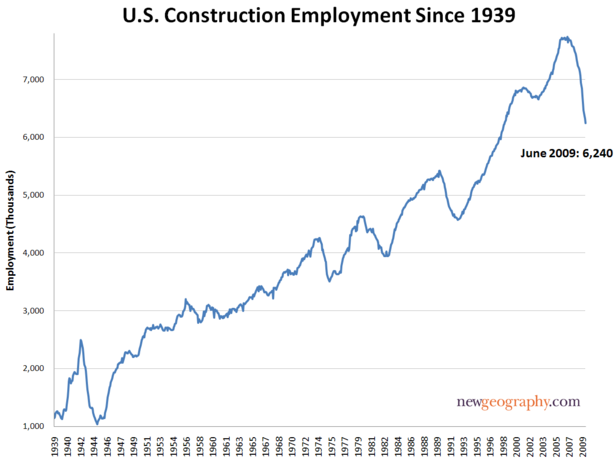While much of the media coverage on the ongoing healthcare reform debate has focused on partisan division, a less mentioned point of conflict exists between rural and urban healthcare interests.
Rural healthcare providers have long received lower Medicare reimbursement rates than their urban counterparts. Such geographic disparities are set by complex formulas that take into account (among other things) prevailing wage rates and assume higher costs of care provision in urban areas. Rural providers have argued that while wage rates may be lower in their communities, they face challenges in providing care not seen in urban environments, and are less able to take advantage of economies of scale potentially available in higher volume urban settings.
Rural concern over reimbursement rates has now become a point of contention in the heated healhcare reform debate. At issue is a proposal to have the so-called 'public option' "pay health care providers at reimbursement rates used by Medicare". Rep. Earl Pomeroy (D-North Dakota), a member of the House Ways and Means Committee, voted against what he stated was "a very urban bill." Another Democrat, Ron Kind of Wisconsin's 3rd District, also voted against the reform bill in committee, arguing that the proposed reimbursement rates were unfair, and that he didn't "want to lock our providers into a system where they continue to be penalized".
Perhaps sensing a growing threat to their healthcare agenda, the Obama administration appears to be making conciliatory moves to placate rural Democrats. On Tuesday, House "Blue Dog" Democrats, representing the more conservative wing of the Democratic Caucus, met with President Obama to discuss their concerns. On the table were proposed changes to the legislation focused on "protecting rural areas and small businesses."
Upon leaving the White House, Rep. Mike Ross (D-Arkansas) expressed hope that the meeting had yielded progress towards creation of an "independent Medicare advisory council". Such a council would, reports the Wall Street Journal, be empowered to "to make binding recommendations on how Medicare pays doctors and hospitals." This would appear to be a concrete step towards addressing rural concerns over potential geographic disparities under the public option. However, it remains to be seen if the proposed changes will be acceptable with representatives from more urban districts.













